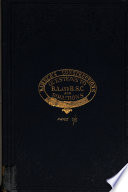 | Thomas Kimber - 1880 - 176 pages
...the radius of which is equal to a. Interpret each of the equations а? + y* = 0 and of — y* = 0. A point moves so that the sum of the squares of its distances from the three angles of a triangle is constant. Prove that it moves along the circumference of a circle.... | |
 | Edward Albert Bowser - Geometry, Analytic - 1880 - 334 pages
...vertex. [Take the base and a perpendicular through its centre for axes.] Ans. ж2 + у2 = s2 — m2. 23. A point moves so that the sum of the squares of its distances from the four sides of a square is constant; show that the locus of the point is a circle. 24. Find the... | |
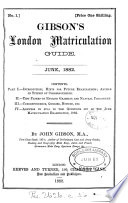 | 1882 - 376 pages
...straight lines. 9. Inscribe a regular pentagon in a given circle. 10. Find the locus of a point which moves so that the sum of the squares of its distances from four given points is constant. What is the least possible value of this constant. ANSWEES TO THE GEOMETRY... | |
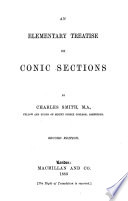 | Charles Smith - Conic sections - 1883 - 388 pages
...4), and (5, - 2) are equal to one another ; find the equation of its locus. Ans. x-3?/ = l. Ex. 2. A point moves so that the sum of the squares of its distances from the two fixed points (a, 0) and ( - a, 0) is constant (2c2) ; find the equation of its locus. Ans.... | |
 | Charles Smith - Geometry, Analytic - 1884 - 256 pages
...of the squares of whose distances from any number of given points is constant, is a sphere. Ex. 3. A point moves so that the sum of the squares of its distances from the six faces of a cube is constant ; shew that its locus is a sphere. Ex. 4. A, B are two fixed points,... | |
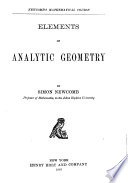 | Simon Newcomb - Geometry, Analytic - 1884 - 462 pages
...11. What curve does p = a cos (6 — a) + b cos (d — ft) + c cos (d — y) + . . . represent? 12. A point moves so that the sum of the squares of its distances from the four sides of a rectangle is constant. Show that the locus of the point is a circle. 13. Given... | |
 | Arthur Le Sueur - Circle - 1886 - 120 pages
...through the origin, and having its centre on the axis of x, and the radius of which is equal to a. 6. A point moves so that the sum of the squares of its distances from the three angles of a triangle is constant. Prove that it moves along the circumference of a circle.... | |
 | Charles Smith - Geometry, Analytic - 1886 - 268 pages
...of the squares of whose distances from any number of given points is constant, is a sphere. Ex. 3. A point moves so that the sum of the squares of its distances from the six faces of a cube is constant ; shew that its locus is a sphere. Ex. 4. A, B are two fixed points,... | |
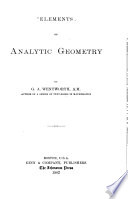 | George Albert Wentworth - Geometry, Analytic - 1886 - 346 pages
...distance from the axis of x is half its distance from the origin ; find the equation of its locus. 20. A point moves so that the sum of the squares of its distances from the two fixed points (a, 0) and ( — a, 0) is the constant 2k2; find the equation of its locus. 21.... | |
 | George Russell Briggs - 1887 - 170 pages
...b/tween the lines Ax + By + C = o and A1 x + B' y + C1 — o are Ax + JSy+C = ± A'x + B'y+C1 ~ ~ (L/) A point moves so that the sum of the squares of its distances from the four sides of a given square is constant ; show that the locus of the point is a circle ; find... | |
| |